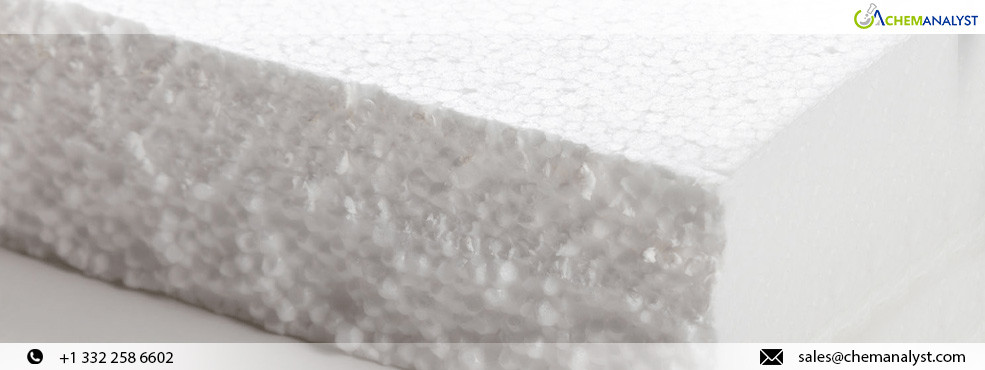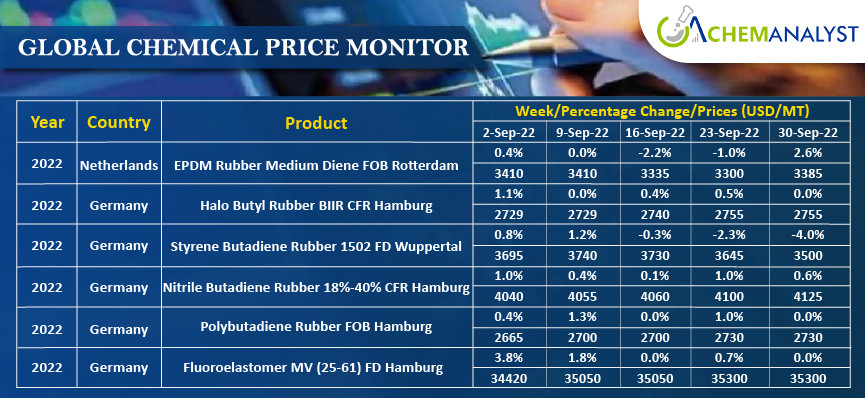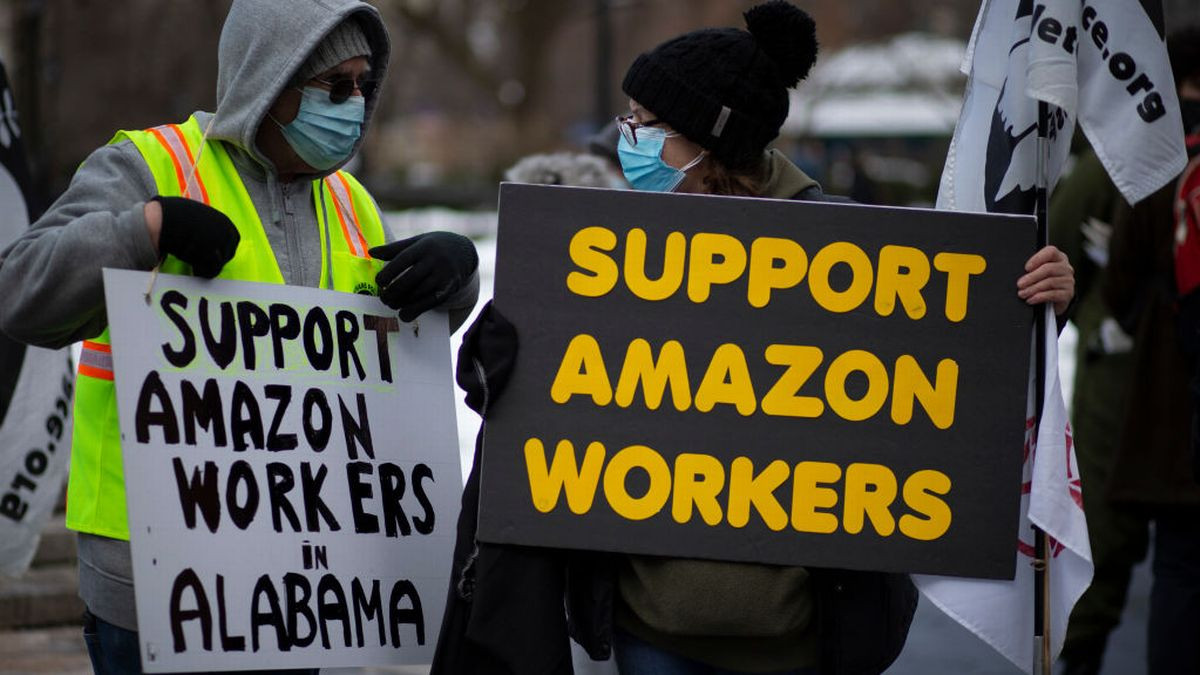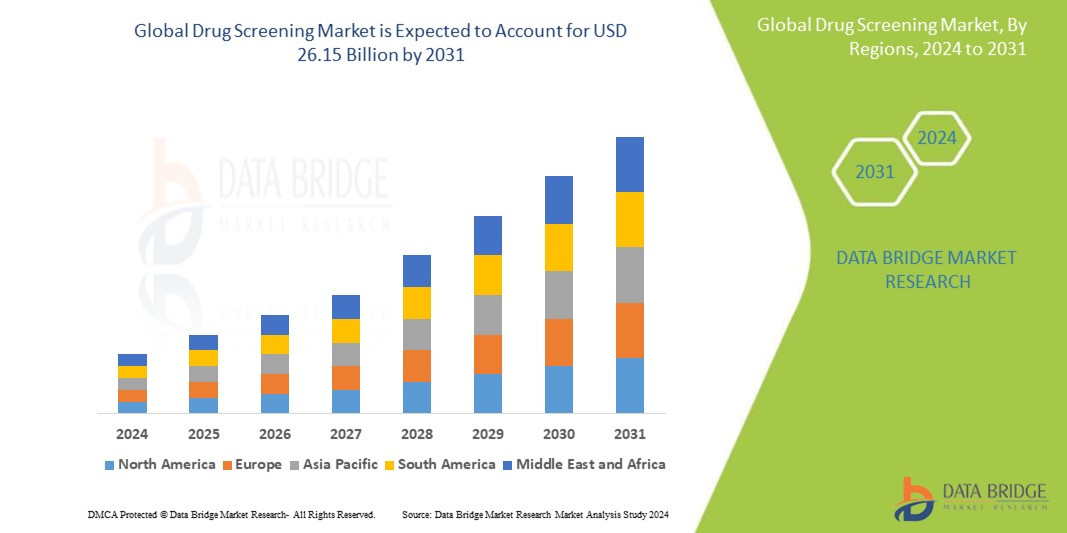Styrene Prices Rise Amidst UK Economic Growth
In July 2024, Styrene prices in the United Kingdom experienced a substantial monthly increase, closing at USD 1,330 per metric ton on CFR – Southampton basis on July 26th. This 5% rise in prices indicates the ongoing market variations, as the month began with Styrene valued at USD 1,250 per metric ton, increasing to USD 1,355 by mid-July, before a slight adjustment downward at the end of the month. Despite this volatility, the overall trend directs to a market that is responding to various economic and supply-demand factors.
Economic Growth Fuels Demand
The rise in Styrene prices is mostly in par with the broader positive economic trends observed in the UK during this period. The UK economy showed good performance, with growth in the private sector driven by enhanced activity in both services and manufacturing. Manufacturing output reached its highest level in over two years, augmented by strong order books and improved business confidence across various sectors.
Manufacturing Challenges Impact Pricing
However, despite the overall economic revival, manufacturers faced noticeable challenges that influenced Styrene pricing. Rising input costs were a crucial concern, driven by global freight disruptions and higher transport charges, particularly those linked to logistical issues such as the Red Sea crisis. These factors contributed to the fluctuations in Styrene prices seen throughout July, as manufacturers and suppliers had to deal with these increased costs while managing their inventory levels.
Supply and Demand Dynamics in Play
The imbalance between supply and demand dynamics also played a decisive role in this price trend. Despite consistent production from major manufacturers and improved logistics ensuring a stable supply, high inventory levels necessitated careful stock management. Suppliers had to align their inventories with the evolving demand, especially from sectors like packaging and automotive that rely on Styrene for its rigidity, transparency, and chemical resistance. The packaging sector, in particular, continued to be a key driver of Styrene demand, as its products are essential for various industrial and consumer applications.
Navigating the Future of Styrene Prices
Looking ahead, the Styrene market is expected to experience a mix of trends. Elevated inventory levels might prompt suppliers to offer discounts to manage stock, while seasonal demand changes could exert further pressure on prices. However, anticipated improvements in logistics after the summer, coupled with the ongoing strength of the UK economy, could help stabilize supply chains and support price levels.
Seasonal Demand and Market Outlook
As the year progresses, increased industrial activity, coupled with favourable government policies and infrastructure projects, is expected to stimulate market activity. Rising demand from key sectors like packaging and electronics prior to the festive season might drive Styrene prices upward again. Additionally, ongoing growth in these industries, along with tight supply of raw materials, could further push Styrene prices higher.
Balancing Act: Opportunities and Challenges Await
Overall, while there are factors that could exert downward pressure on Styrene prices, potential improvements in market conditions and demand from key industries suggest a more balanced market outlook towards the end of the year. Market participants should remain vigilant and adaptable to the evolving economic and industrial landscape, ready to respond to both challenges and opportunities in the Styrene market.
This analysis highlights the intricate relationship between economic growth, supply-demand dynamics, and the price fluctuations observed in the UK Styrene market. As we move forward, it will be crucial to monitor the interplay of these factors to gain a comprehensive understanding of the market's trajectory.


















